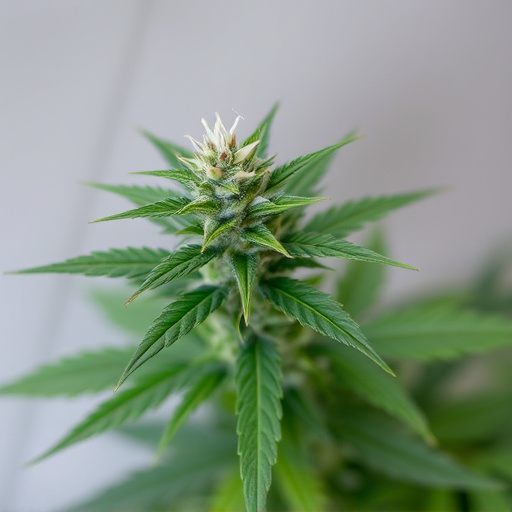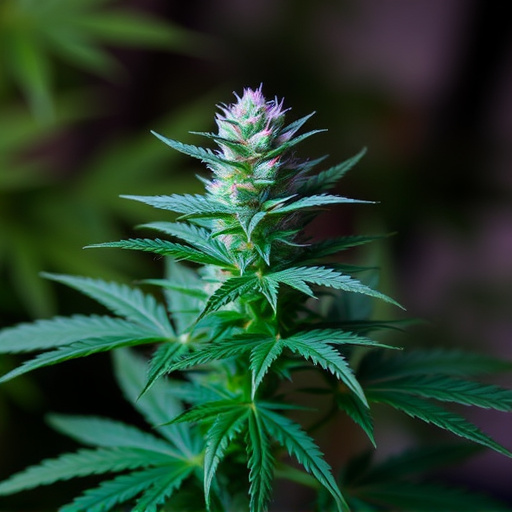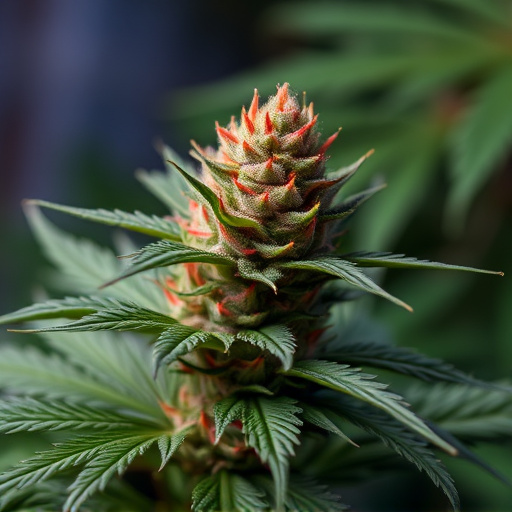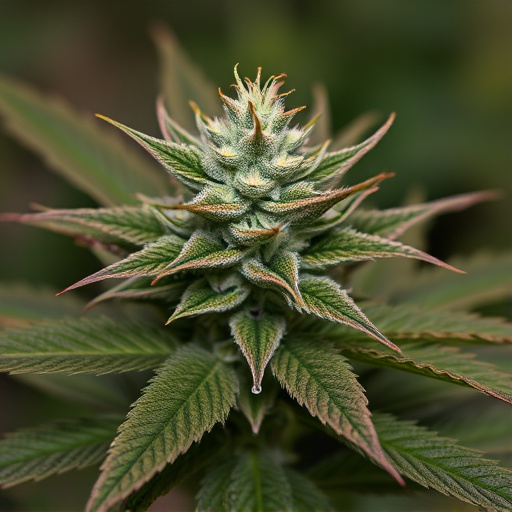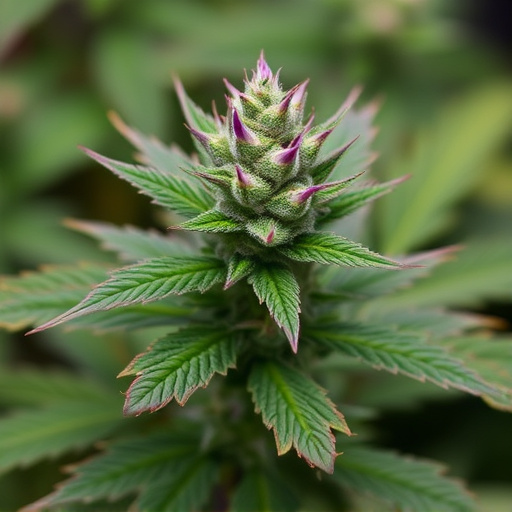Cannabis may offer therapeutic benefits for fibromyalgia symptoms, but its effectiveness and side effects vary greatly based on biochemistry, consumption method, and strain selection. Common temporary side effects include dizziness, drowsiness, increased heart rate, and anxiety. New users should start with low-THC strains and gradually increase. Consulting a healthcare provider before incorporating cannabis into a treatment plan is crucial to avoid medication interactions and ensure personalized guidance on suitable strains and dosages.
Discover the potential risks associated with cannabis flower consumption in this comprehensive guide. From side effects to specific strain considerations for managing fibromyalgia, we explore safe use practices and dosage guidelines. Learn how to mitigate dangers and make informed decisions regarding cannabis strains for fibromyalgia. Understanding these factors is key to ensuring a beneficial experience without adverse outcomes.
- Potential Side Effects of Cannabis Flower Consumption
- Risks Associated with Specific Cannabis Strains for Fibromyalgia
- Mitigating the Dangers: Safe Use and Dosage Considerations
Potential Side Effects of Cannabis Flower Consumption
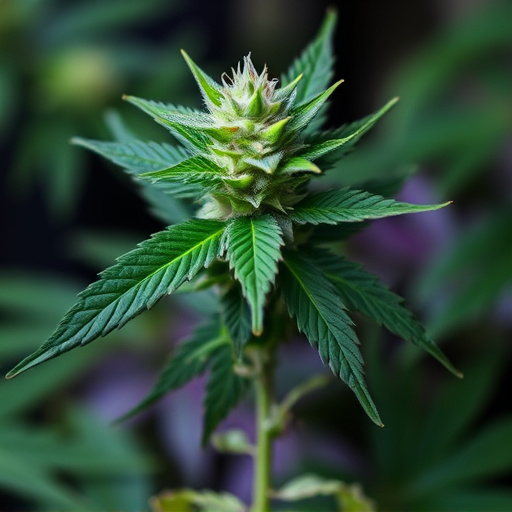
Cannabis flower, while known for its potential therapeutic benefits, particularly in managing symptoms related to conditions like fibromyalgia, is not devoid of side effects. The experience of consuming cannabis can vary greatly from person to person, influenced by factors such as individual biochemistry, method of consumption, and specific cannabis strains chosen. Some common side effects include dizziness, drowsiness, increased heart rate, and anxiety or paranoia, especially in those new to its use. These effects are typically temporary and subside as the body becomes more accustomed to cannabis.
For individuals seeking cannabis strains for fibromyalgia, it’s crucial to start with low-THC (tetrahydrocannabinol) varieties and gradually increase as tolerance builds. High-THC strains can exacerbate anxiety or cause more intense side effects in sensitive users. It is also recommended to consult with a healthcare provider before incorporating cannabis into any treatment plan for fibromyalgia, as it may interact with other medications or have individual-specific risks.
Risks Associated with Specific Cannabis Strains for Fibromyalgia

Certain cannabis strains have gained popularity among individuals managing fibromyalgia due to their potential to alleviate pain and improve sleep, two common symptoms associated with the condition. However, it’s important to approach this topic with caution. The effects of different cannabis strains can vary significantly based on their unique chemical composition, known as cannabinoids and terpenes. For instance, high THC (tetrahydrocannabinol) strains, while effective in relieving pain for some users, may also induce anxiety or paranoia in others, potentially exacerbating fibromyalgia symptoms.
On the other hand, CBD (cannabidiol)-rich strains are increasingly sought after for their anti-inflammatory and analgesic properties without the psychoactive effects of THC. These strains could offer a safer alternative for individuals looking to manage fibromyalgia pain naturally. However, even with CBD strains, individual responses can differ greatly, and consulting with healthcare professionals before incorporating cannabis into treatment plans is crucial, especially considering potential drug interactions and the need for personalized dosing.
Mitigating the Dangers: Safe Use and Dosage Considerations
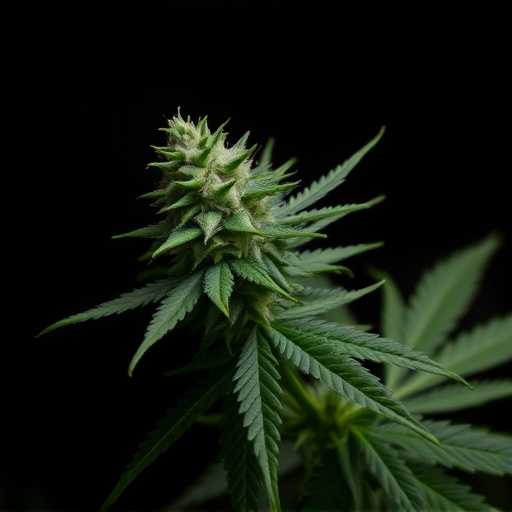
To mitigate the dangers associated with cannabis flower, especially when considering cannabis strains for fibromyalgia, it’s crucial to focus on safe use and dosage considerations. Start by consulting healthcare professionals who can guide on suitable strains and dosages tailored to individual needs. This ensures a balanced approach that maximizes therapeutic benefits while minimizing potential risks.
When using cannabis, adhering to recommended dosages is paramount. Overconsumption can lead to adverse effects such as anxiety, paranoia, and cognitive impairment. Additionally, different cannabis strains have varying levels of THC (tetrahydrocannabinol) and CBD (cannabidiol), which play pivotal roles in inducing relaxation or causing psychoactive effects. Thus, understanding the specific profiles of chosen strains is key to a safe and effective treatment experience for conditions like fibromyalgia.
While cannabis flower offers potential benefits, especially for managing symptoms of conditions like fibromyalgia, it’s crucial to approach its use with caution. The diverse cannabis landscape, with its many strains and varying compositions, presents risks that must be understood. Specific strains marketed for fibromyalgia may not suit everyone, and side effects can range from mild discomfort to more severe reactions. To mitigate dangers, consumers should prioritize safe use practices, start with low dosages, and consult healthcare professionals for personalized guidance. Balancing the allure of cannabis with a responsible approach is key to reaping its potential benefits while avoiding adverse outcomes.








